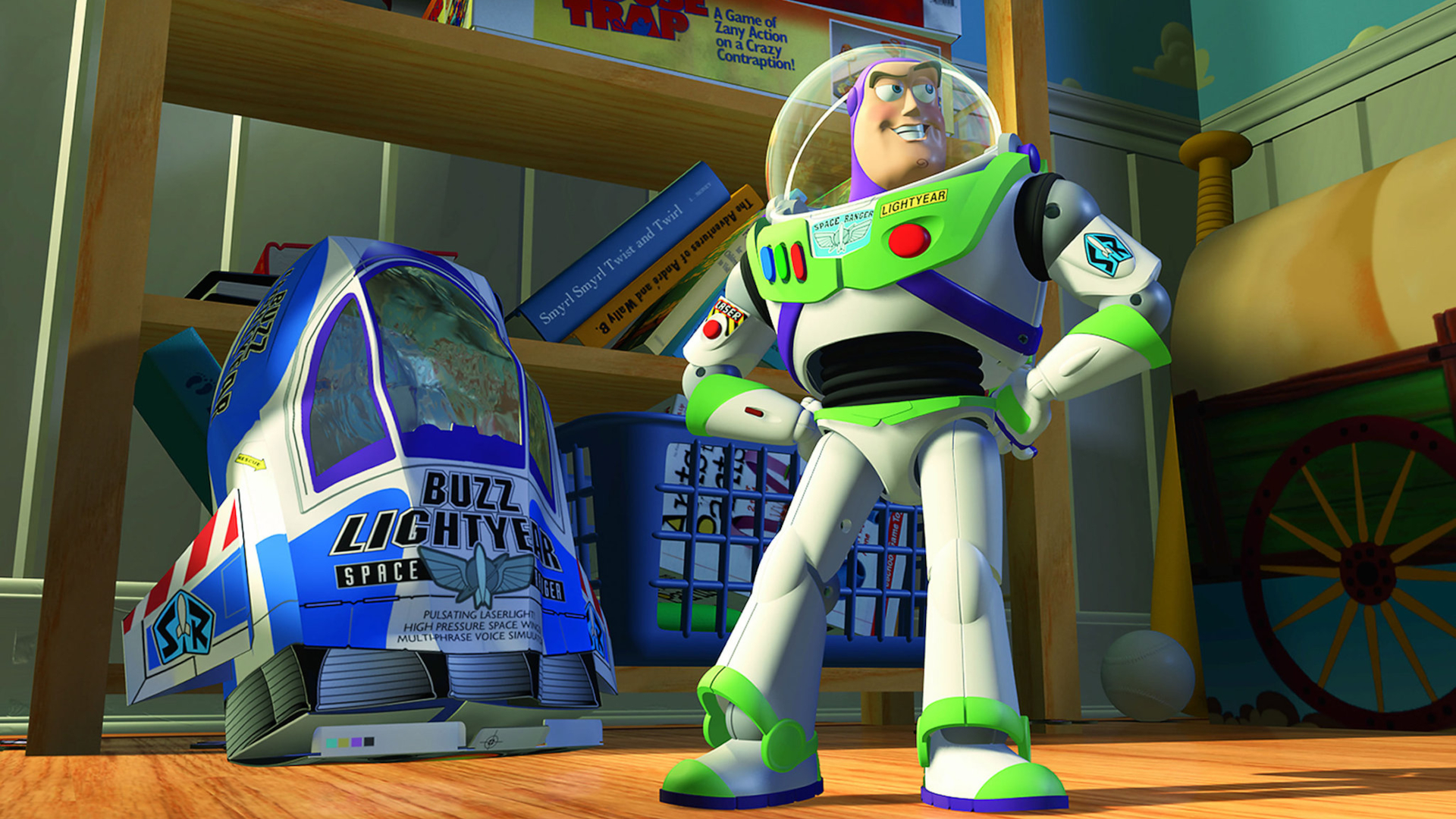SpaceX Falcon Heavy Rocket Lofts 24 Satellites in 1st Night Launch
CAPE CANAVERAL, Fla. — SpaceX marked a milestone today as the company's Falcon Heavy megarocket successfully lofted two dozen satellites into orbit.
The rocket blasted off from Launch Pad 39A at Kennedy Space Center (KSC) here at 2:30 a.m. EDT on June 25 (0630 GMT), three hours into the launch window, marking the Falcon Heavy's first flight at night and third launch overall. The launch was part of the U.S. Air Force's Space Test Program and carried payloads for universities, NASA, the National Oceanic and Atmospheric Administration (NOAA), and the nonprofit organization The Planetary Society.
As part of the mission, SpaceX successfully landed two of the megarocket's three first-stage boosters. The two side boosters touched down at Cape Canaveral Air Force Station, which is next door to KSC, while the central core booster narrowly missed its target — SpaceX's drone ship Of Course I Still Love You, which was stationed in the Atlantic Ocean, hundreds of miles off the Florida coast.
Related: This Is What 2 Dozen Satellites Look Like Packed for Launch on a SpaceX Falcon Heavy
The core booster's miss was no big surprise. SpaceX representatives had repeatedly stressed that its touchdown would be the most difficult of the dozens that Falcon 9 and Falcon Heavy first stages have attempted over the past few years, because today's mission required higher-than-normal speeds. Indeed, Of Course I Still Love You was stationed twice as far from shore this morning as it normally is during sea-landing attempts.
Today's launch was the first Falcon Heavy to fly reused boosters; the two side boosters had already flown as part of the first commercial Falcon Heavy launch, which lofted a communications satellite called Arabsat-6A, in April. The core booster of that rocket successfully landed as well, but it was lost when the boat encountered choppy seas on the way back to shore.
The other Falcon Heavy flight, a demonstration mission that launched SpaceX CEO and founder Elon Musk's red Tesla Roadster into orbit around the sun, occurred in February 2018.
Breaking space news, the latest updates on rocket launches, skywatching events and more!
Today's launch kicked off a particularly complicated flight, as the satellites onboard needed to be injected into three distinct orbits. All told, the maneuvers required that the rocket's second-stage booster fire four times, with the final deployment scheduled to occur about 3.5 hours after launch. The complicated delivery pattern also dictated the night-launch window, Air Force officials confirmed before the liftoff.
An eclectic mix of payloads was packed into the Falcon Heavy's fairing. NASA's Deep Space Atomic Clock is designed to confirm that such technology has been miniaturized enough, without losing accuracy, that it can fly on future spacecraft. On such missions, atomic clocks will allow spacecraft to navigate without input from Earth.
Another NASA payload, the Green Propellant Infusion Mission, will test a cleaner, safer and more efficient fuel alternative to the commonly used hydrazine. Six NOAA satellites make up the COSMIC-2 mission, which will monitor the temperature, pressure and moisture of the atmosphere across the tropics — data that should help meteorologists improve their hurricane and tropical storm modeling.
But this morning's launch wasn't just about government payloads. Also tucked into the Falcon Heavy was a satellite designed and built by the nonprofit organization The Planetary Society. The group hopes that this LightSail 2 mission will prove the potential of spacecraft that are propelled by solar radiation pressure.
After the satellites' safe launch, each one began its own timetable for fully deploying, collecting test data and settling into its duties.
The next SpaceX launch is scheduled for July 21, when a Falcon 9 will carry a cargo shipment to the International Space Station. The company has not yet released a date for its next Falcon Heavy flight.
- SpaceX Falcon Heavy Sticks Triple Rocket Landing with 1st Commercial Launch
- A Year After SpaceX's 1st Falcon Heavy Launch, Starman (and a Tesla) Sail On
- SpaceX's Falcon Heavy Rocket: By the Numbers
Email Meghan Bartels at mbartels@space.com or follow her @meghanbartels. Follow us on Twitter @Spacedotcom and on Facebook.

Meghan is a senior writer at Space.com and has more than five years' experience as a science journalist based in New York City. She joined Space.com in July 2018, with previous writing published in outlets including Newsweek and Audubon. Meghan earned an MA in science journalism from New York University and a BA in classics from Georgetown University, and in her free time she enjoys reading and visiting museums. Follow her on Twitter at @meghanbartels.
